
📣 If you are curious about this topic, please consider applying for two open positions in my lab (until Nov23)! www.sciencedirect.com/science/arti...

📣 If you are curious about this topic, please consider applying for two open positions in my lab (until Nov23)! www.sciencedirect.com/science/arti...
www.science.org/doi/10.1126/...

www.science.org/doi/10.1126/...
Brilliant new strategy to obtain broad resistance against Potyviruses, and possibly other protease-encoding viruses

Brilliant new strategy to obtain broad resistance against Potyviruses, and possibly other protease-encoding viruses
journals.plos.org/plospathogen...
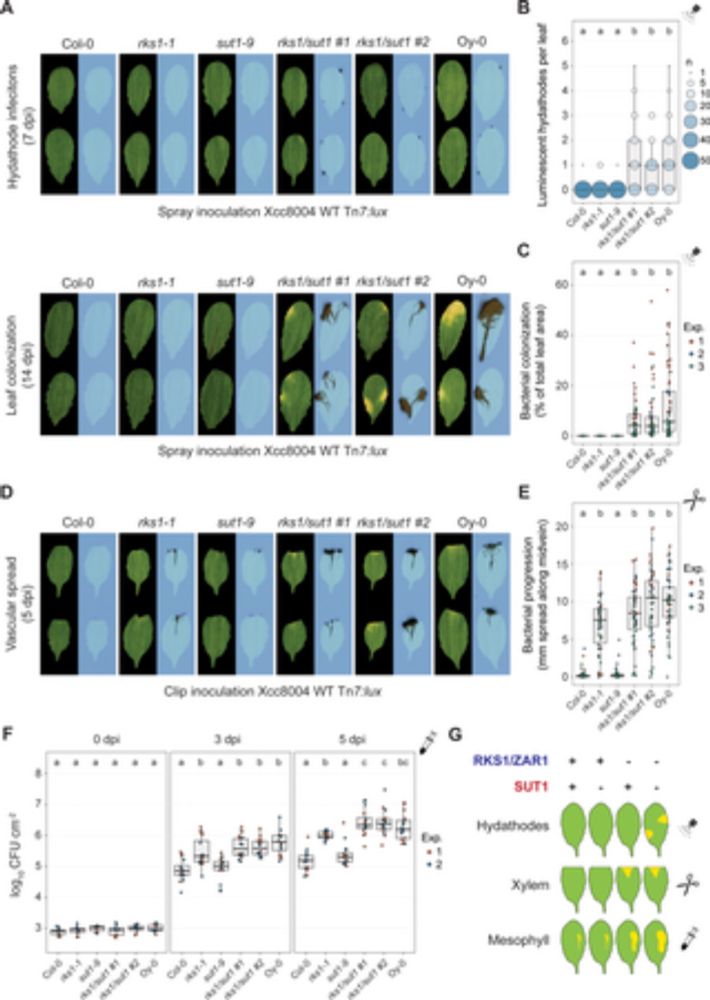
journals.plos.org/plospathogen...
@datadryad.bsky.social
💻🌱
doi.org/10.5061/drya...
Check out how we used 69 of them to study the molecular evolution of a plant immune receptor network here! 👇
@datadryad.bsky.social
💻🌱
doi.org/10.5061/drya...
Check out how we used 69 of them to study the molecular evolution of a plant immune receptor network here! 👇
www.science.org/doi/10.1126/...

www.science.org/doi/10.1126/...
This week in a new Science study, researchers report that they have developed therapeutic peptides that may be able to save and revive infected citrus trees. scim.ag/4jtM8dC

This week in a new Science study, researchers report that they have developed therapeutic peptides that may be able to save and revive infected citrus trees. scim.ag/4jtM8dC

#MicroSky #PlantScience #Pseudomonas
Our new research in Nature Microbiology uncovers the sophisticated teamwork of Pseudomonas syringae, a notorious plant pathogen.
🔗 rdcu.be/egczU
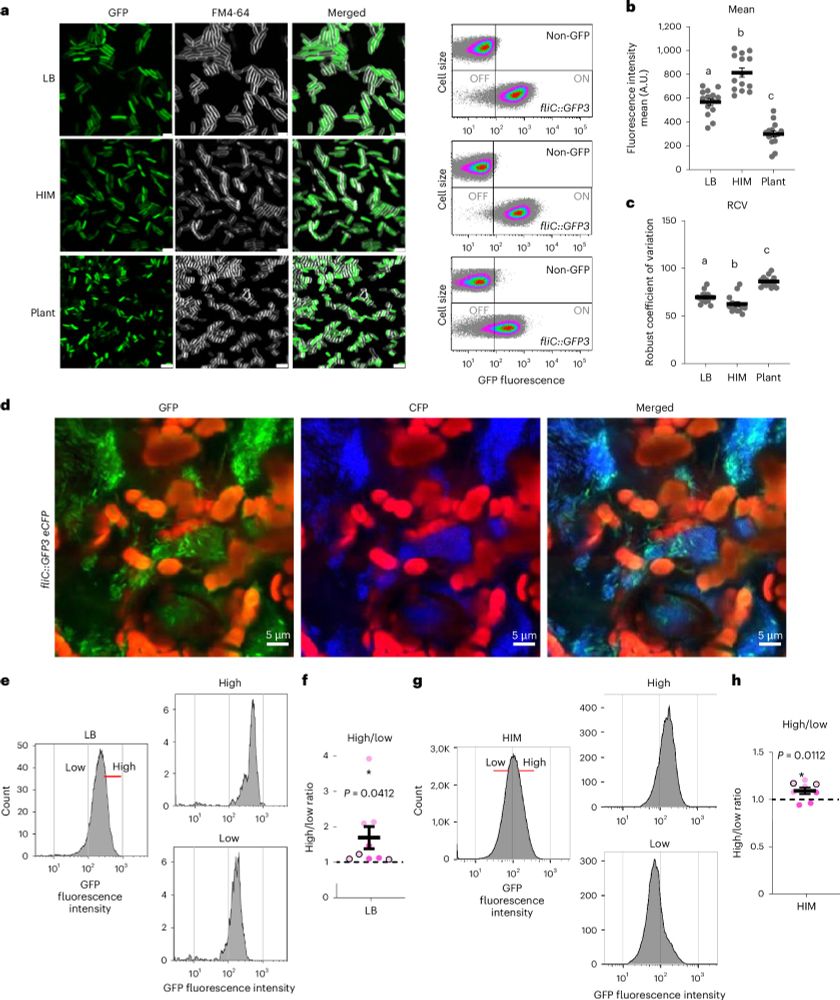
#MicroSky #PlantScience #Pseudomonas
Our new research in Nature Microbiology uncovers the sophisticated teamwork of Pseudomonas syringae, a notorious plant pathogen.
🔗 rdcu.be/egczU

Liu is honored for the development of base editing and prime editing, two gene editing technologies transforming medicine. www.broadinstitute.org/news/david-l...

Liu is honored for the development of base editing and prime editing, two gene editing technologies transforming medicine. www.broadinstitute.org/news/david-l...
nph.onlinelibrary.wiley.com/doi/full/10.... featuring MycFOLD effectors
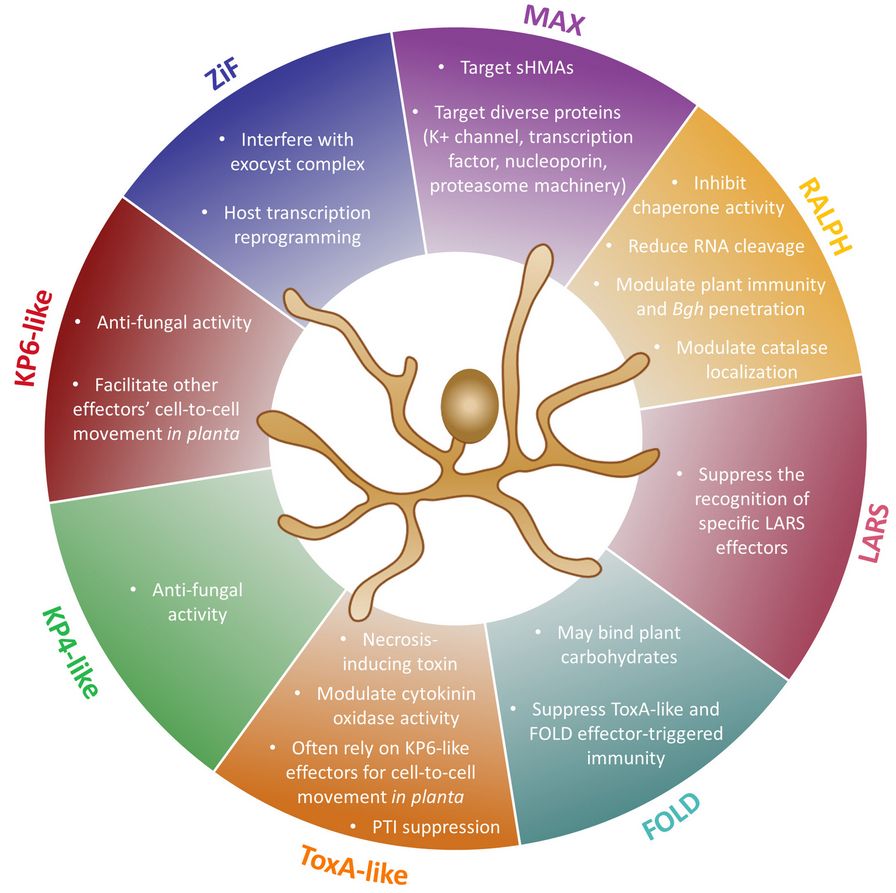

nph.onlinelibrary.wiley.com/doi/full/10.... featuring MycFOLD effectors
www.science.org/doi/10.1126/...
www.science.org/doi/10.1126/...
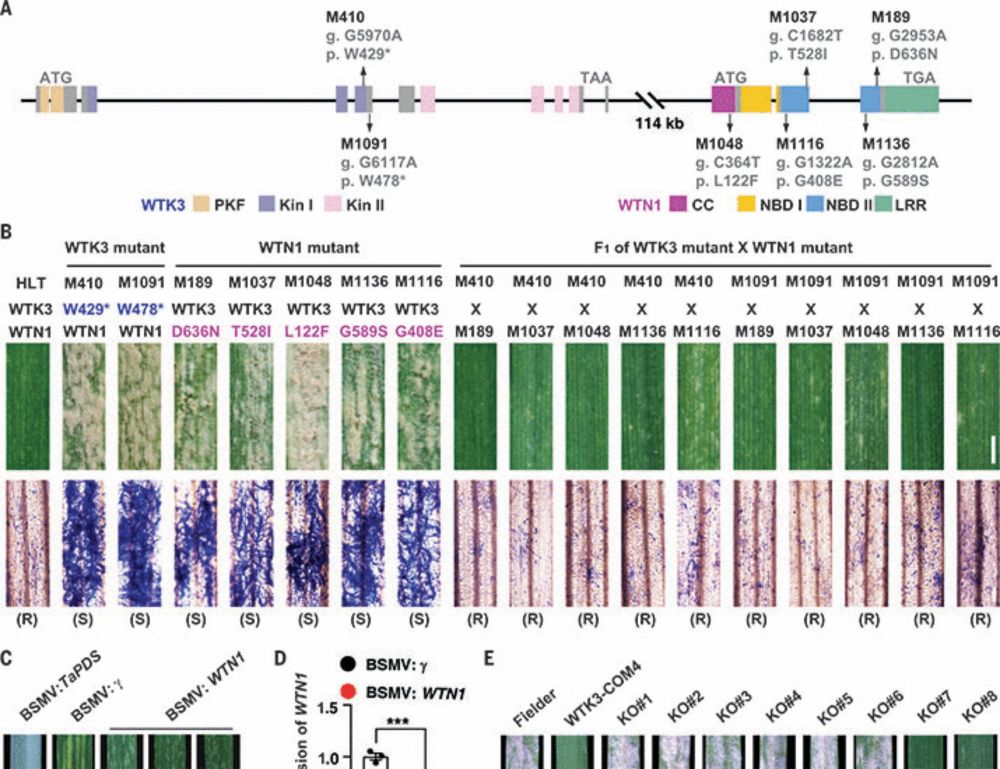
www.science.org/doi/10.1126/...
www.science.org/doi/10.1126/...
www.nature.com/articles/s41...
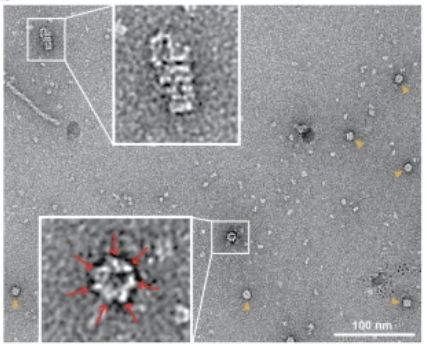
www.nature.com/articles/s41...
www.nature.com/articles/s41...

www.nature.com/articles/s41...



